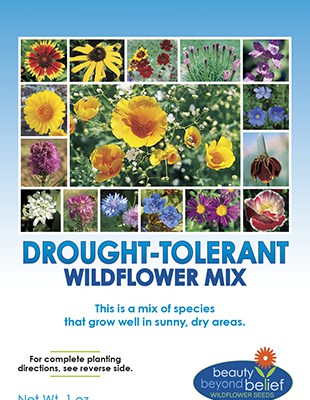Lupines
Wildflower Seeds
by Sandy Swegel
One way to design your garden is to plan ahead, make sketches and get all of your seeds started indoors 8 weeks before frost. Another way, for those of us not quite so organized, is to add a plant you absolutely fall in love with, no matter what the time of year. Lupines fit this latter category for me. Until I see them bloom, I forget how amazing they are. When they come into bloom, I am awestruck. They are so unusual and big and beautiful and colorful. I envy those in New Hampshire who went last week to the Sugar Hill Lupine Festival where you could ride horse-drawn wagons through fields of lupine. The festival continues this weekend if you live nearby. Friends sent photos of lupines against the sea in Cape Cod and I knew it was time to get the packets of seeds of lupine that I’ve had unopened since February.
June is probably a little late to get flowers for this year from seed, but it is perfect timing for growing big plants that will put out big flowers next June. Even if you already have some lupine growing, it is a good time to start some more. Lupines are biennial or short-lived perennials so you need to keep starting new plants if they aren’t seeding themselves around. They germinate pretty easily especially if you give them a cold stratification or just soak them overnight in warm water before seeding. Lupines are easy to grow. They like moist areas but tolerate drought.
There are good reasons to grow lupine other than their drop-dead gorgeousness. Permaculturists value lupine as nitrogen fixers and phosphorus accumulators. Bees and other nectar-eating pollinators value the abundant nectar from lupines. Lacewings like to lay eggs on them. Birds eat their seeds. And we feast on their beauty.
Photo Credit
Lupines of Cape Cod, L Fulton, 2016
Perched Among the Lupines, Michael Carr of Somersworth, NH 2013

